Game of Thrones Must Travel Through Space Instead of Time
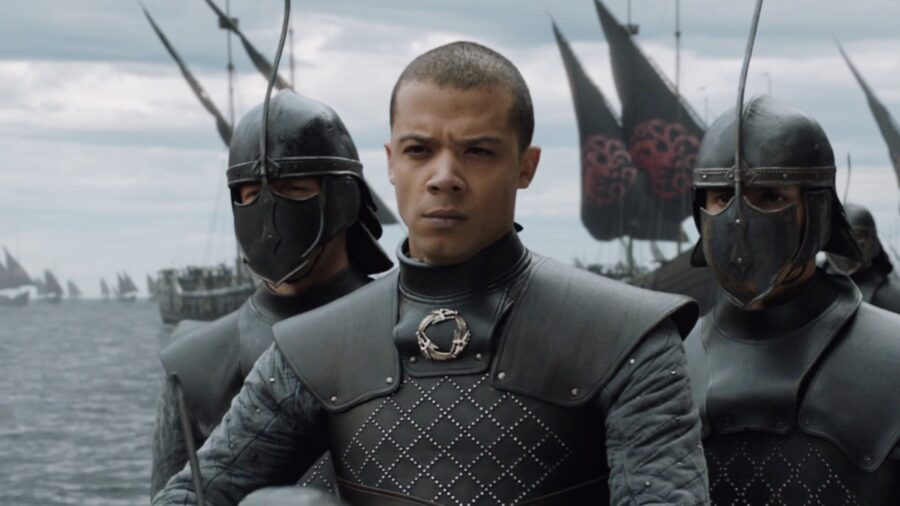
No, I don’t mean George R.R. Martin and company were considering sending Game of Thrones‘ Tyrion to space in a Star Wars crossover (sadly), but that the writers had to decide whether, spatially, to stay in Westeros and, temporally, whether to stay in the present. They chose, of course, simply wind the clock back on Kings Landing with House of the Dragon and from the looks of it, all upcoming spin-offs will be similarly Western in aesthetic. This is a shame because the universe’s East, nearly endless, incredibly varied, and rife with fascinating lore, could accommodate a whole suite of shows itself.
The Mysterious Eastern Lands
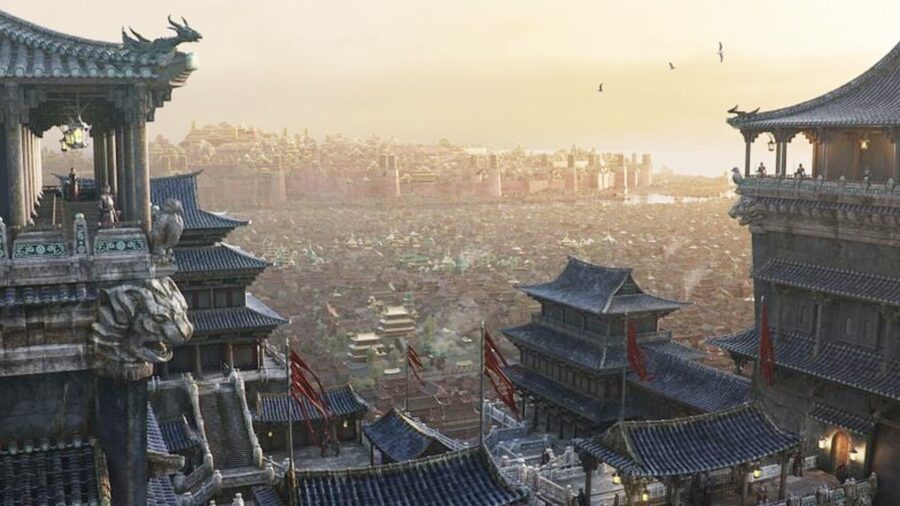
Make no mistake: Martin’s world, a tapestry of rich histories and cultures, is vast indeed–like the Earth’s ocean floor, much of it remains unexplored. The myriad mysteries of the distant East beyond the Narrow Sea demand narratives.
Audiences, global and dedicated, would benefit from at least a miniseries featuring YI Ti, the ancient civilization vaguely reminiscent of imperial China. I think they’d also appreciate content covering gloomy Asshai by the Shadow, a land inundated with magic (a force so noticeably scarce in Westeros).
The Lovecraftian Horrors Waiting
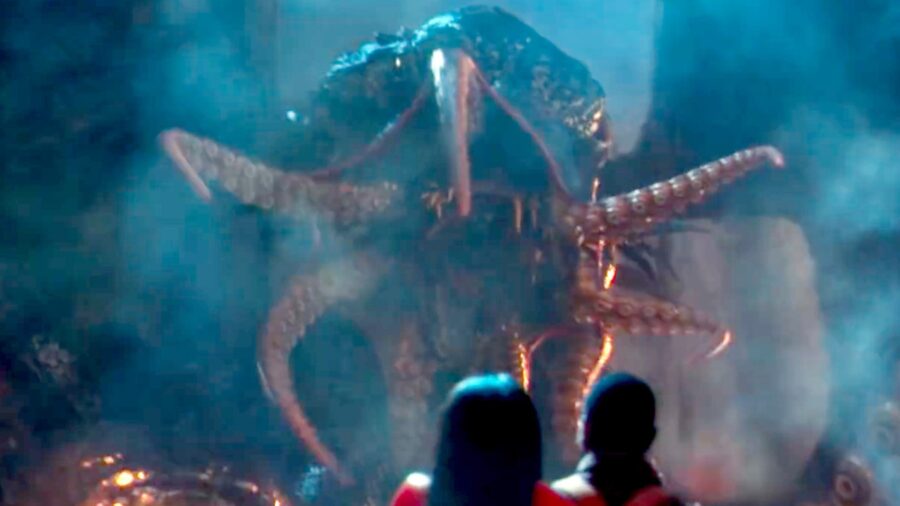
Perhaps more engagingly, at least for Lovecraft fans, Martin’s Eastern lore in Game of Thrones teems with subtle incorporations of cosmic horror and eldritch themes. For example, one of the major urban areas East of the Narrow Sea is the ominous city of Carcosa. Carcosa, fellow nerds will tell you, was introduced in Ambrose Bierce’s short story “An Inhabitant of Carcosa,” a pivotal work of early American horror.
The concept was then popularized in Robert W. Chamber’s seminal weird-fiction novel, The King in Yellow (a story that would heavily influence the first season of True Detective and explains part of its aesthetic appeal). Lovecraft, ever the master of incorporating influences, employed elements from that novel into much of his own mythos.
In the dark and riveting Lovecraftian universe, specifically the Cthulhu Mythos, Carcosa is usually referenced as a place of otherworldly horror, aligning well with his themes of ancient and mysterious cosmic entities.
Imagine What Martin Could Do
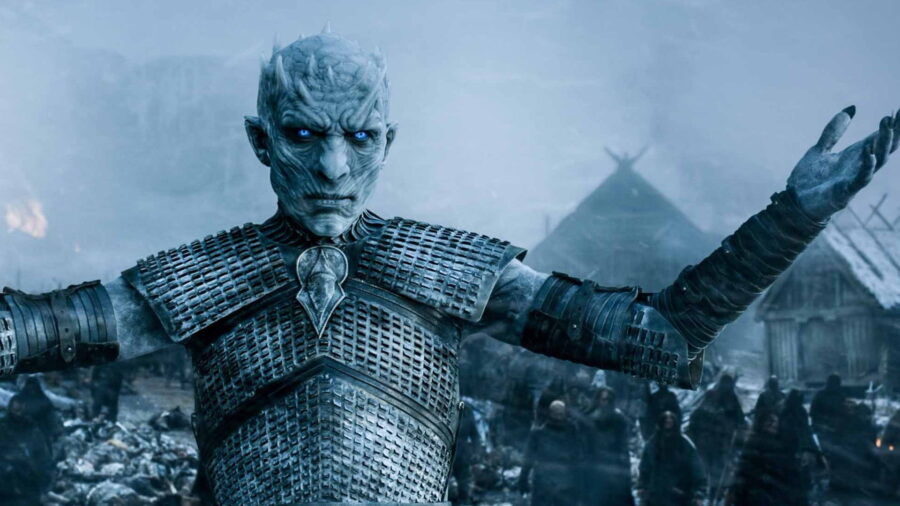
All of which is to say: picture what Martin would do with that in Game of Thrones. The mind that brought you undead Gregor Klegane, the White Walkers, and grayscale disease–imagine how much fun he would have reveling in that sensibility.
Sigh.
Game Of Thrones Could Be So Much More
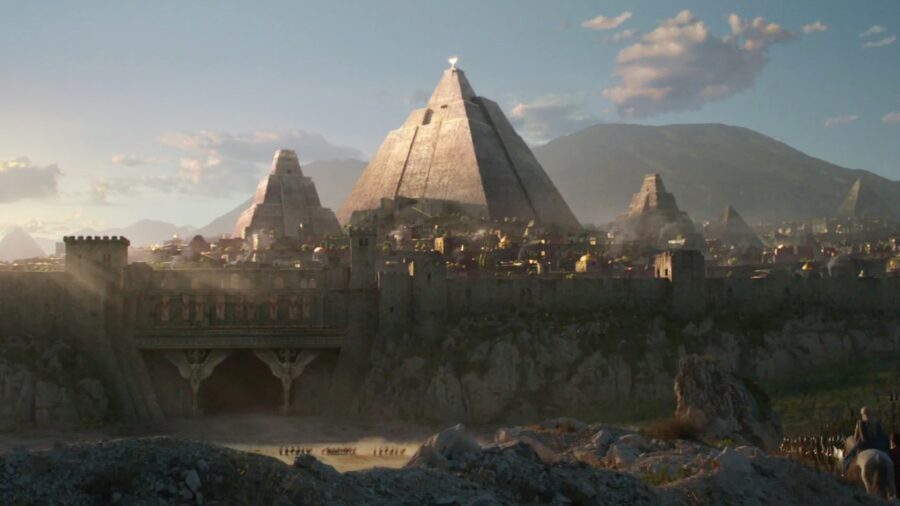
What’s more, straight out of Chambers and Lovecraft, a Yellow Emperor figures into Game of Thrones’ East as well, alongside another overtly Lovecraftian concept, the Deep Ones, whose lore actually bridges with the Westerosi Iron Islands (which makes sense, given that the Iron Islanders are sailors).
Imagine a Game of Thrones series concerning more than dragons or political backstabbing–imagine, I dare you, a show in which the very fabric of reality bending under the weight of ancient, unfathomable horrors.
More Diversity

Plus, I should mention Game of Thrones going East opens doors to involving diverse cultures and perspectives–vantage points unencumbered by Westerosi norms. Obviously, this could eventuate a more inclusive range of characters and stories.
Sure, the allure of the Targaryen lineage is undeniable; believe me, I, too, find dragons compelling.
But I maintain that the true essence of George R.R. Martin’s universe lies in its boundless potential for storytelling.












